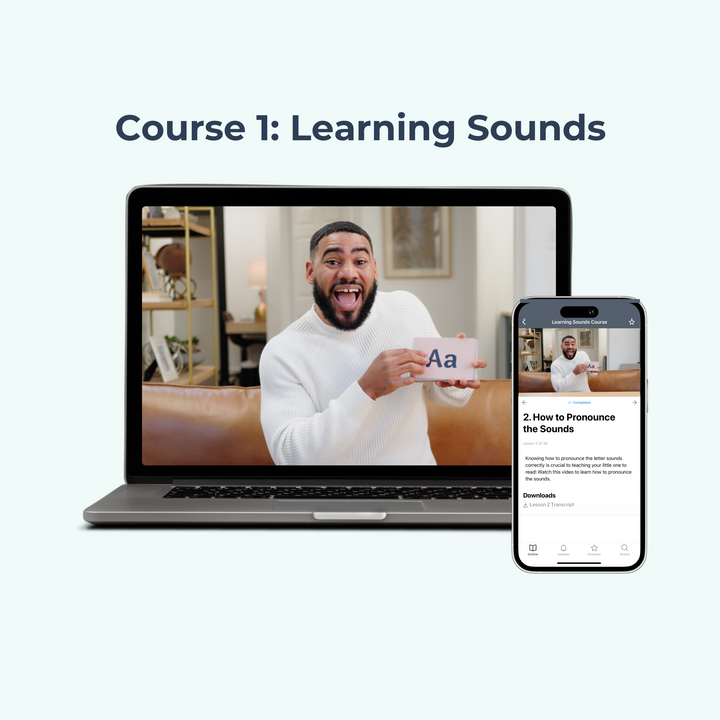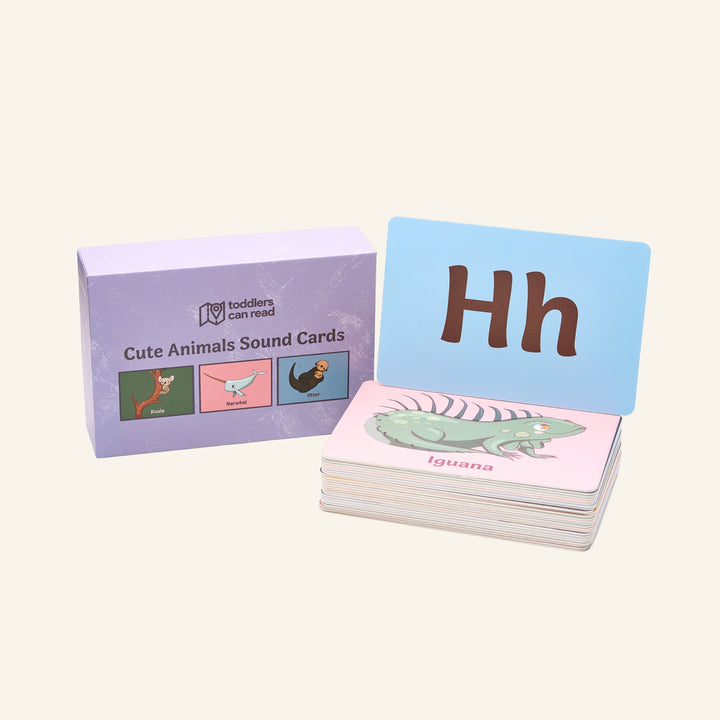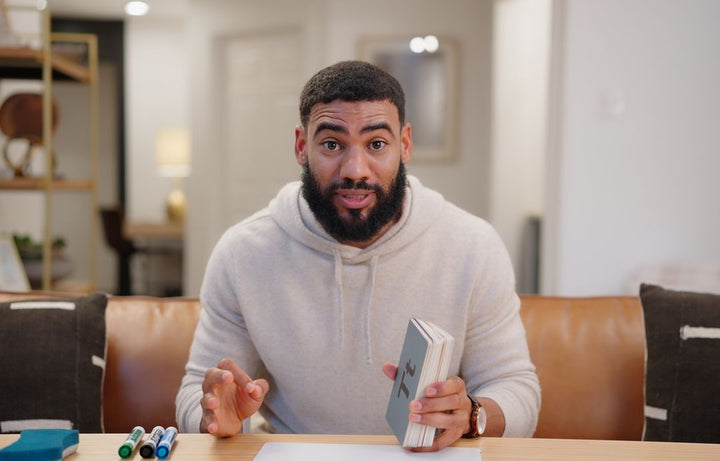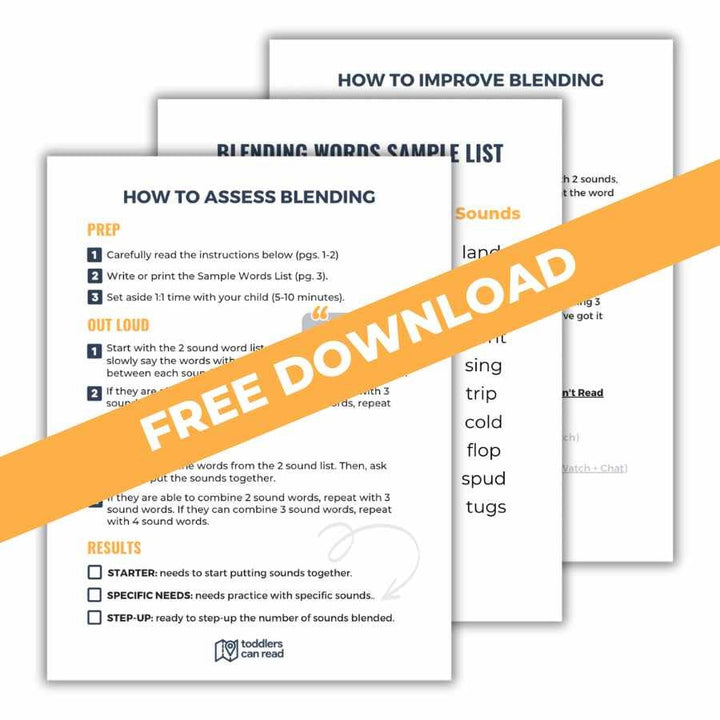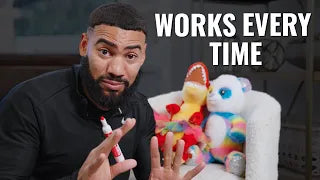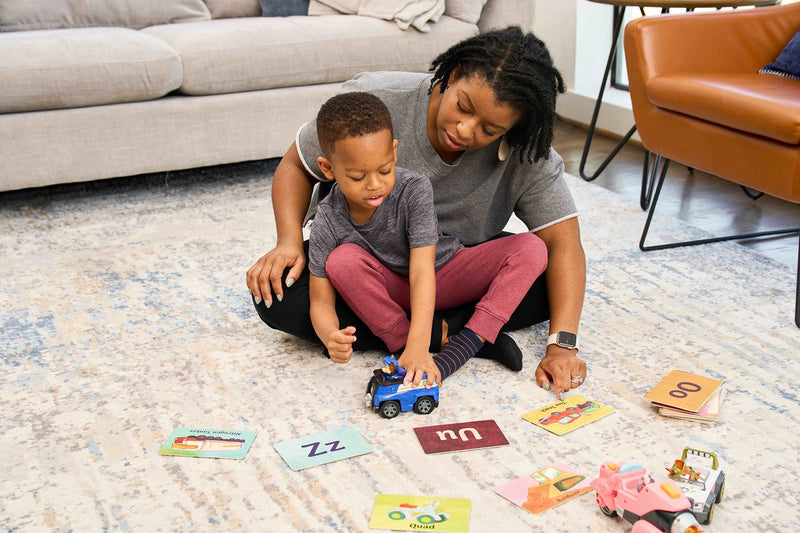As the parent of a little one in elementary school, you hear about all sorts of words: sight words, high-frequency words, tricky words, snap words, heart words, and probably a hundred other variations of those categories.
Very often, these words are used interchangeably (and incorrectly), and it feels impossible to keep track of what each means.
So if you've ever found yourself scratching your head wondering what on earth each of these types of words are, you've come to the right place. In this blog post, I'm going to walk you through the different types of words being taught in your little one's classroom so you're better able to support their learning at home!
What Are Sight Words?
Sight words are any words that a reader can recognize automatically and without hesitation.
And sight words can be any type of word, not just ones with irregular spelling patterns that can't be sounded out. This means that the number of sight words a reader knows is going to change based on their reading level.
For example, a kindergartener who has only been reading for a year or two might only know a hundred sight words. But someone who has been reading for years (if you've read this far, this is you!) probably knows thousands and thousands of sight words.
Dolch Sight Words and Fry Sight Words are both lists of the most common sight words. They are often used in schools to track how many sight words a student knows.
What Are High-Frequency Words?
High-frequency words are the words that show up most frequently in early reading texts. You might have a list of high-frequency words sent home from school that looks something like this:

You'll notice that many of these words are completely decodable (meaning they can be sounded out) if your little one knows the basic phonics sounds, like: in, it, had, not, if, got, an, etc.
And others can't be decoded until your little one knows more advanced phonics spellings, like long-vowel sounds and digraphs. But all of the words show up frequently in beginning-reader texts, which is why it's so important that a child can remember them easily.
What Are Tricky Words?
Tricky words are high-frequency words that your little one wouldn't be able to blend on their own because of their reading level or content of the word.
Tricky words include either:
- Advanced phonics spellings that your little one doesn't know (yet) or
- An irregular spelling pattern that can't be sounded out using the rules that they know
What Are Heart Words?
"Heart words" is just another name for tricky words, but it goes a step further in explaining how those kinds of words should be taught. Students learn heart words by drawing a heart near the irregular part of the word that they'll have to know "by heart."

SnapWords
SnapWords are high-frequency words taught through multi-sensory instruction. Each word is paired with a picture and a body motion and highlights a phonics pattern within the word.
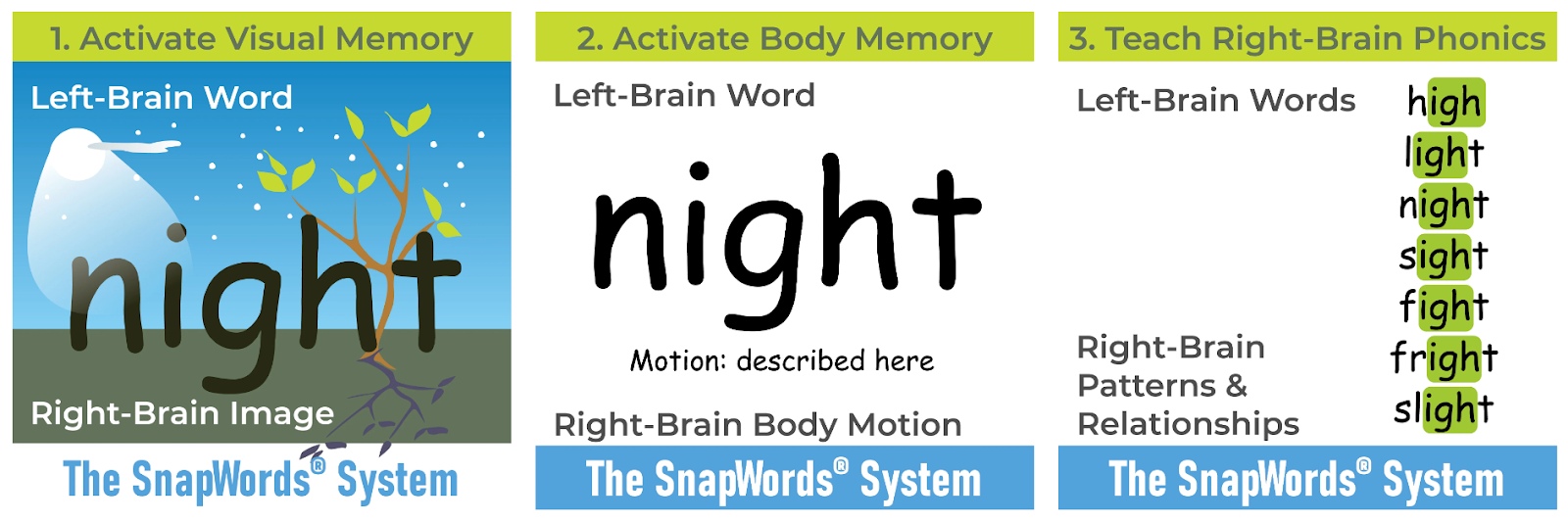
Introducing multiple ways to remember the word helps learners commit the word to memory more easily so that they can recall it as quickly as a "snap" of the fingers.
How to Teach Tricky Words
Now that we've covered (most of) the phrases teachers use to describe different types of words, you might be interested in learning more about how to teach your little one tricky words.
Luckily, I have another blog post that explains how to do just that- but I'll summarize the steps for you here, too:
- Show your little one the word (it could be on a notecard, whiteboard, etc.)
- Tell them, "This word is tricky because there's a part you haven't learned yet."
- Point out the parts of the word they can sound out
- Teach them the part of the word that makes it tricky
- Have them blend the word using the sounds you explained
And if you want to see it in action, here's an example of how to teach the word WHAT.
Still need help?
Hopefully, by now, you've gained a better understanding of what all of these different terms mean. But if you're still unsure how to teach these kinds of words to your child, I've got you covered.
I've created this free Tricky Words 101 guide so you can get started teaching your little one at home. It includes step-by-step instructions, a sample script for you to use when introducing the word, and practice words.
I promise that if you follow these steps, learning tricky words will become much easier—and way more fun than spending hours practicing with flashcards.
